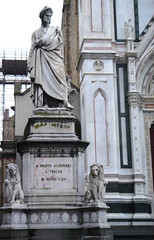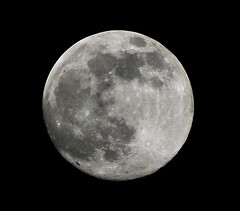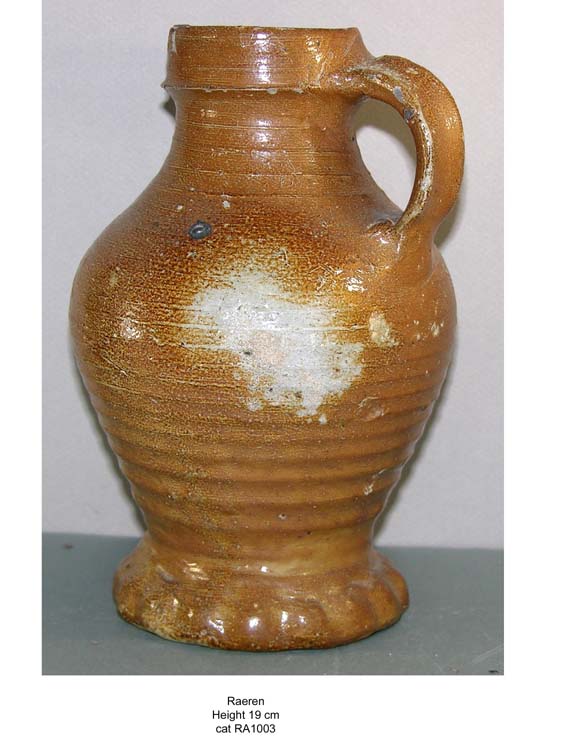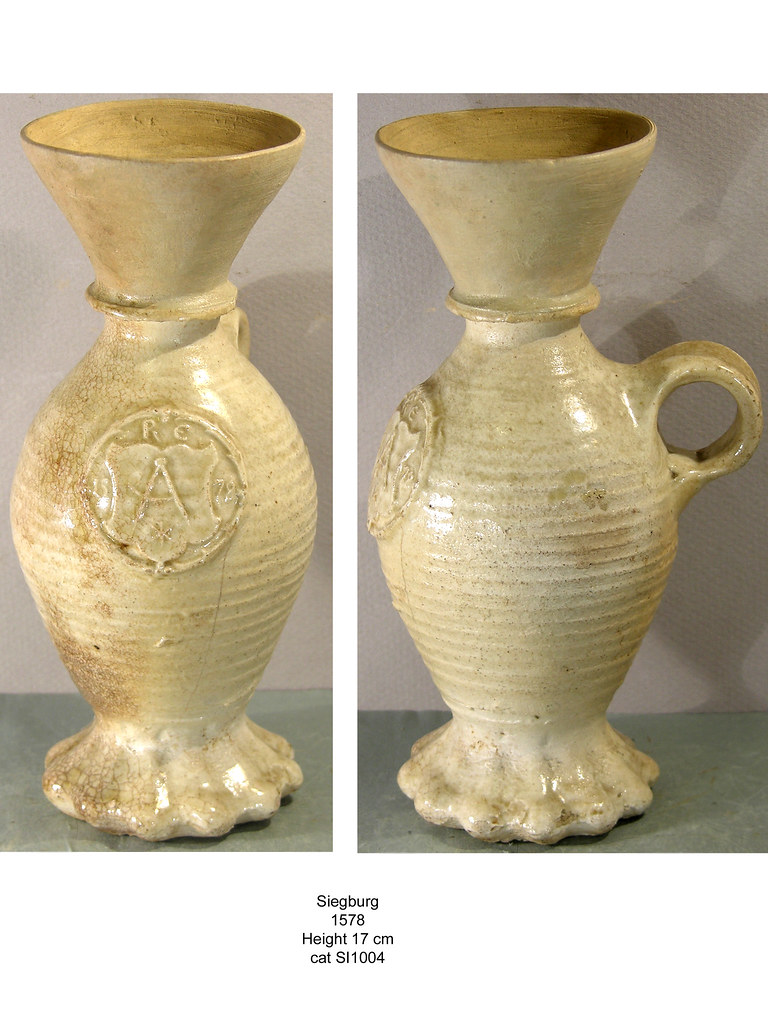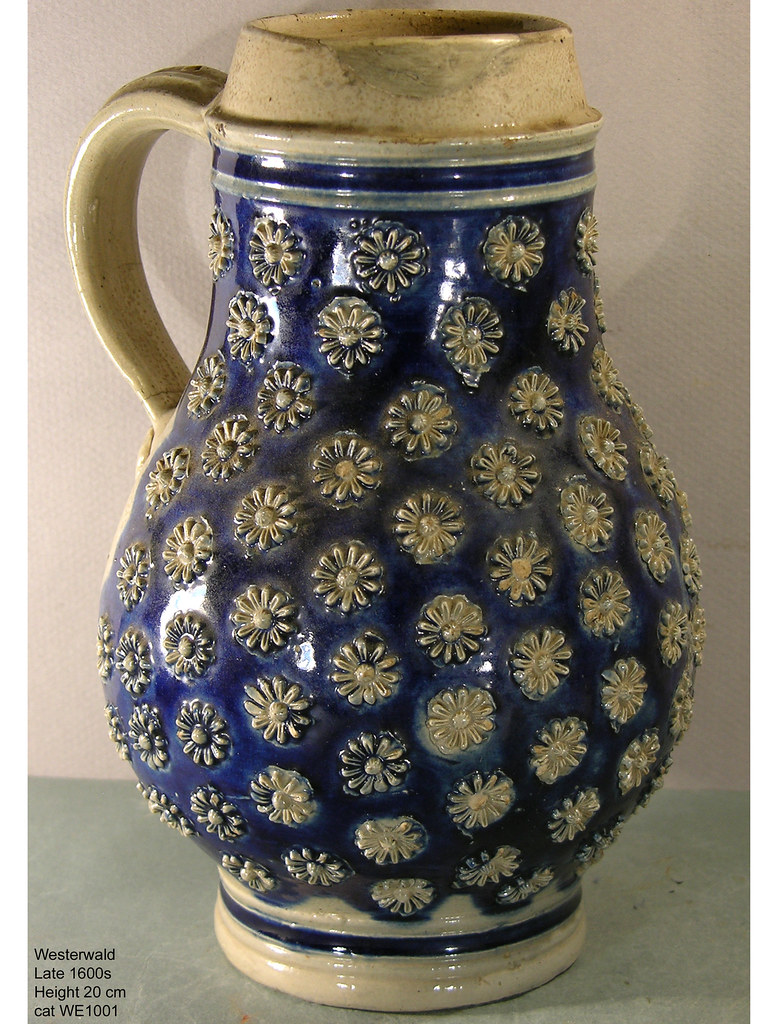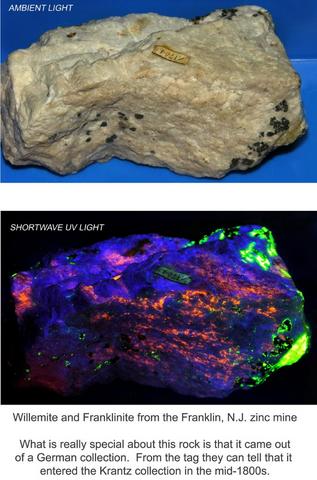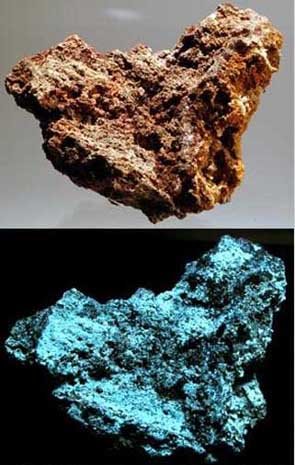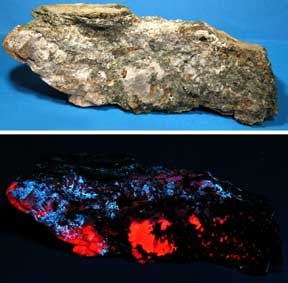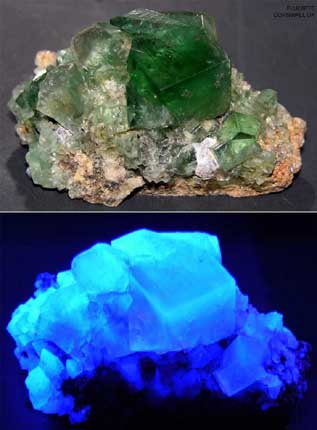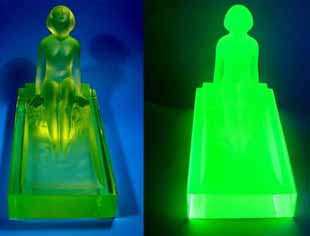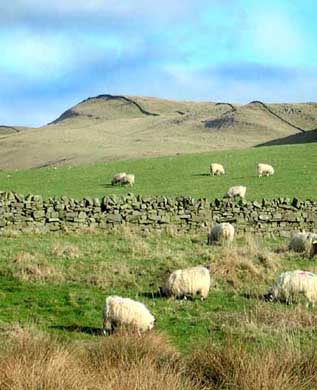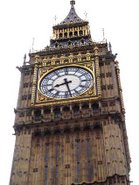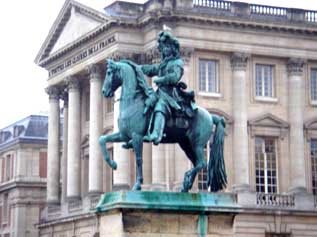Railroads in El Paso, Texas USA
My maternal grandmother and grandfather were both telegraphers for the railroads. They retired from the Southern Pacific Railroad in El Paso, Texas.
Florence Mae Barnwell, my grandmother, was at Columbus, New Mexico USA when Pancho Villa attacked. She had a small baby in arms, and she and several other women ran out into the desert and spent the rest of the night there to avoid the drunken Mexican attackers.
When the railroad tracks reached El Paso in 1881 it was just a sleepy little Mexican village at the pass through the Rocky Mountains. The total population was under 1,000 people. The Southern Pacific arrived on May 19, 1881. On June 11, 1882 the route to St. Louis was completed. Also in 1881 the Santa Fe arrived giving access to the north, and in 1882 a railroad bridge was built over the Rio Grande river and the Mexican Central connected to Juarez, Mexico.
The arrival of the railroads transformed El Paso. Practically overnight it became a boom town. By 1886 it had a gas company, an electric company, a water company, telegraph and telephone facilities. Less than ten years after the railroads arrived the official population of the town exceeded 10,000.
In the 21st century the railroads play much less of a prominent role than they did at the end of the 19th and beginning of the 20th centuries. And even though the metropolitan area has close to 2,000,000 people, in many ways it is still just a sleepy little Mexcian town.

There is an interesting little railroad museum in downtown El Paso at the corner of West San Antonio Avenue and South Durango Street. There is covered parking at approximately 452 W. San Antonio. This nice museum is walking distance to the Art Museum, the History Museum, and the Holocaust Museum. They have the old No. 1 steam engine which was built in 1857 on display there. This is one of the oldest steam engines still remaining in America. During its lifetime it served many different locations, but when it retired it was bringing ore from the mines in Southern Arizona to the smelter in El Paso.
Florence Mae Barnwell, my grandmother, was at Columbus, New Mexico USA when Pancho Villa attacked. She had a small baby in arms, and she and several other women ran out into the desert and spent the rest of the night there to avoid the drunken Mexican attackers.
When the railroad tracks reached El Paso in 1881 it was just a sleepy little Mexican village at the pass through the Rocky Mountains. The total population was under 1,000 people. The Southern Pacific arrived on May 19, 1881. On June 11, 1882 the route to St. Louis was completed. Also in 1881 the Santa Fe arrived giving access to the north, and in 1882 a railroad bridge was built over the Rio Grande river and the Mexican Central connected to Juarez, Mexico.
The arrival of the railroads transformed El Paso. Practically overnight it became a boom town. By 1886 it had a gas company, an electric company, a water company, telegraph and telephone facilities. Less than ten years after the railroads arrived the official population of the town exceeded 10,000.
In the 21st century the railroads play much less of a prominent role than they did at the end of the 19th and beginning of the 20th centuries. And even though the metropolitan area has close to 2,000,000 people, in many ways it is still just a sleepy little Mexcian town.

There is an interesting little railroad museum in downtown El Paso at the corner of West San Antonio Avenue and South Durango Street. There is covered parking at approximately 452 W. San Antonio. This nice museum is walking distance to the Art Museum, the History Museum, and the Holocaust Museum. They have the old No. 1 steam engine which was built in 1857 on display there. This is one of the oldest steam engines still remaining in America. During its lifetime it served many different locations, but when it retired it was bringing ore from the mines in Southern Arizona to the smelter in El Paso.
-
There are also a few old time carbide lamps in the museum, one of which came from my collection.
This is a link to the museum’s web site: http://www.elpasorails.org/
I have been doing a little volunteer work at the museum. Helping give tours to school groups, etc. I play the part of the fireman. This was the guy who fixed the engine, lubricated it, shoveled the coal, etc. A hard working practical sort of fellow.
This is a link to the museum’s web site: http://www.elpasorails.org/
I have been doing a little volunteer work at the museum. Helping give tours to school groups, etc. I play the part of the fireman. This was the guy who fixed the engine, lubricated it, shoveled the coal, etc. A hard working practical sort of fellow.
-
Shoveling coal...well, if the Christians are right I'm going to be doing a lot of this, so I better get in practice.
-
-
If you are interested in the history of the Breese Kneeland engine, which was manufactured in 1857, go to this link: http://www.epcc.edu/nwlibrary/sites/ep/locomotive/narrative.html

